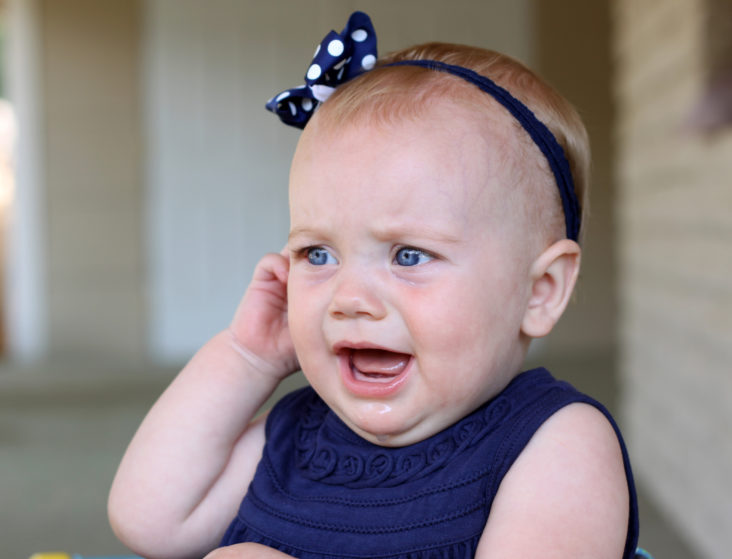Natural ear pain relief
Ear pain is the number one reason for children to visit the chiropractor. There is a strong link between the birthing process and recurrent ear infection, also known as otitis media. During the birthing process, cervical vertebrae can become misaligned, disrupting nerve function, which can affect the eustachian tube. This may lead to fluid buildup in the middle ear and cause Otitis Media.
Reduced trips to the pediatrician
Ear infections accounts for over 35% of all pediatrician visits in the United States. Antibiotics, the usual treatment, are not always effective and may even lead to a recurrence of ear infections. Overuse of antibiotics creates a cycle of repeat ear infections. This Creates a need for more pediatric visits, more antibiotics, and subsequent antibiotic use during the first two years of a child’s life. In the U.S., the cost of the medical and surgical treatment of Otitis is estimated to be between three and four billion dollars annually.
Adjustments maintain healthy ears
Studies show that ear and other upper respiratory infections respond favorably to chiropractic adjustments. One promising study published in the Journal of Clinical Chiropractic Pediatrics indicates that there is a strong correlation between chiropractic adjustments and the resolution of ear infections. Over 3oo children with chronic ear infections participated in the study.
In this study, each child, ranging in age from 0 to 5 years, was given a series of chiropractic adjustments. The results show that close to 80% of the children did not experience another ear infection within the six-month period following their initial visits.
The six-month period included maintenance treatments every four to six weeks. Joan M. Fallon, D.C., is the author, and the chiropractor who treated the children in the study. This pilot study serves as a starting point from which the chiropractic profession can examine its role in the treatment of children with chronic ear infections.
Learn more by following UWS on Facebook. Or scheduling an appointment with one of our chiropractors.




 Know your body type. A larger person will not move and run the same way a thin, wiry person does. An overweight person will put more stress on their feet – and shoes.
Know your body type. A larger person will not move and run the same way a thin, wiry person does. An overweight person will put more stress on their feet – and shoes.